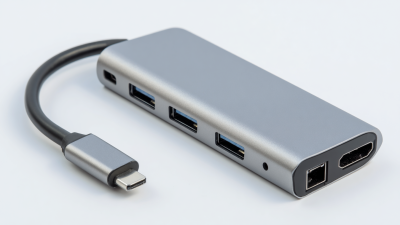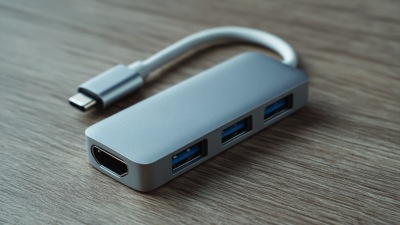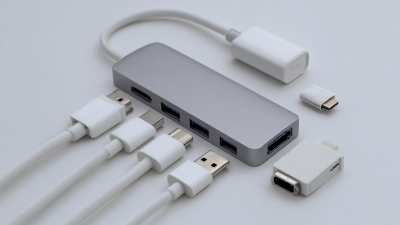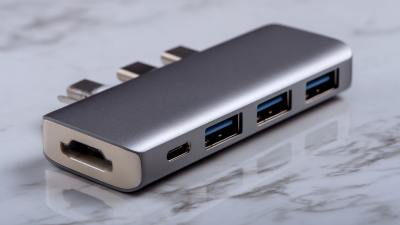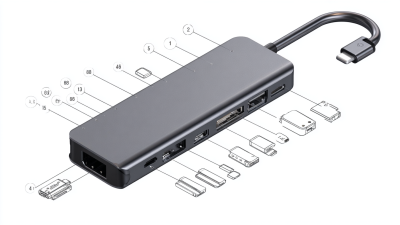
-
Home
-
Products
-
About Us
-
OEM&ODM
-
News
-
Contact Us
Inquiry
Form loading...

In recent years, the USB Type C Hub Adapter has emerged as an essential accessory in the digital landscape, drastically improving connectivity and versatility for various devices. According to a report by MarketsandMarkets, the global USB Type C market is expected to grow from USD 7.02 billion in 2021 to USD 47.36 billion by 2026, demonstrating an impressive compound annual growth rate of 46.5%. This growth reflects the increasing adoption of USB Type C technology, which supports faster data transfer rates and enhanced power delivery capabilities.
Industry expert Dr. Emily Chen, a leading researcher at the Institute of Electronics and Electrical Engineers, emphasizes the importance of USB Type C Hub Adapters: "As the world moves towards a more unified connectivity standard, USB Type C Hub Adapters play a critical role in bridging the gap between legacy and modern devices." These adapters not only allow users to connect multiple peripherals but also facilitate seamless user experiences across various platforms, making them indispensable in both personal and professional settings.
As we delve into the ultimate guide on USB Type C Hub Adapters, we will explore their diverse features and benefits, ensuring that consumers are well-informed about how to maximize the utility of this versatile technology in their daily lives.

A USB Type C hub adapter is a versatile device that expands the connectivity options of USB Type C ports, allowing users to connect multiple peripherals like keyboards, monitors, and storage devices through a single outlet. According to a recent industry report by IDC, the market for USB Type C adapters is projected to grow at a compound annual growth rate (CAGR) of 25% between 2023 and 2027, driven by the increasing adoption of devices equipped with USB Type C ports. These adapters leverage the USB 3.1 standard, providing data transfer speeds of up to 10 Gbps, making them essential for users who require fast and reliable connections.
When selecting a USB Type C hub adapter, consider factors such as the number of ports, supported resolutions, and charging capabilities. For instance, some hubs offer Power Delivery (PD) which allows users to charge their devices while connecting other peripherals. Tips for choosing the right hub include checking whether it supports the devices you plan to connect and ensuring it meets the data transfer requirements for your usage. Always opt for adapters from reputable brands, as quality can significantly affect performance and reliability.
Moreover, pay attention to compatibility with operating systems and devices. Not all hub adapters support every operating system seamlessly, so it’s wise to verify that the hub works with your specific devices. Reading user reviews and checking for industry certifications can also help you make a more informed choice.
This chart illustrates the rating of various features typically found in USB Type C Hub Adapters. Features include data transfer speed, number of ports, power delivery capability, HDMI support, and Ethernet support, rated on a scale from 1 to 10 based on their performance and utility. This helps potential buyers understand the advantages of different hubs when making a purchasing decision.
When selecting a USB Type C hub adapter, there are several key features to consider that can significantly enhance your usage experience. One of the most important features is the number of ports available. A good hub should offer a variety of ports, including USB-A, HDMI, and Ethernet, catering to multiple devices and accessories simultaneously. This versatility ensures that users can connect their laptops to external monitors or transfer data from various peripherals without the constant need to unplug and replug devices.
Another crucial feature is the data transfer speed. USB Type C hubs can vary in their capability to handle data transfers; thus, choosing a hub that supports USB 3.1 or higher is advisable for those who regularly transfer large files or stream high-definition videos. Additionally, charging capabilities should not be overlooked; look for hubs that support Power Delivery (PD) to ensure your devices can charge while connected, providing convenience and eliminating the risk of running low on battery life during essential tasks.
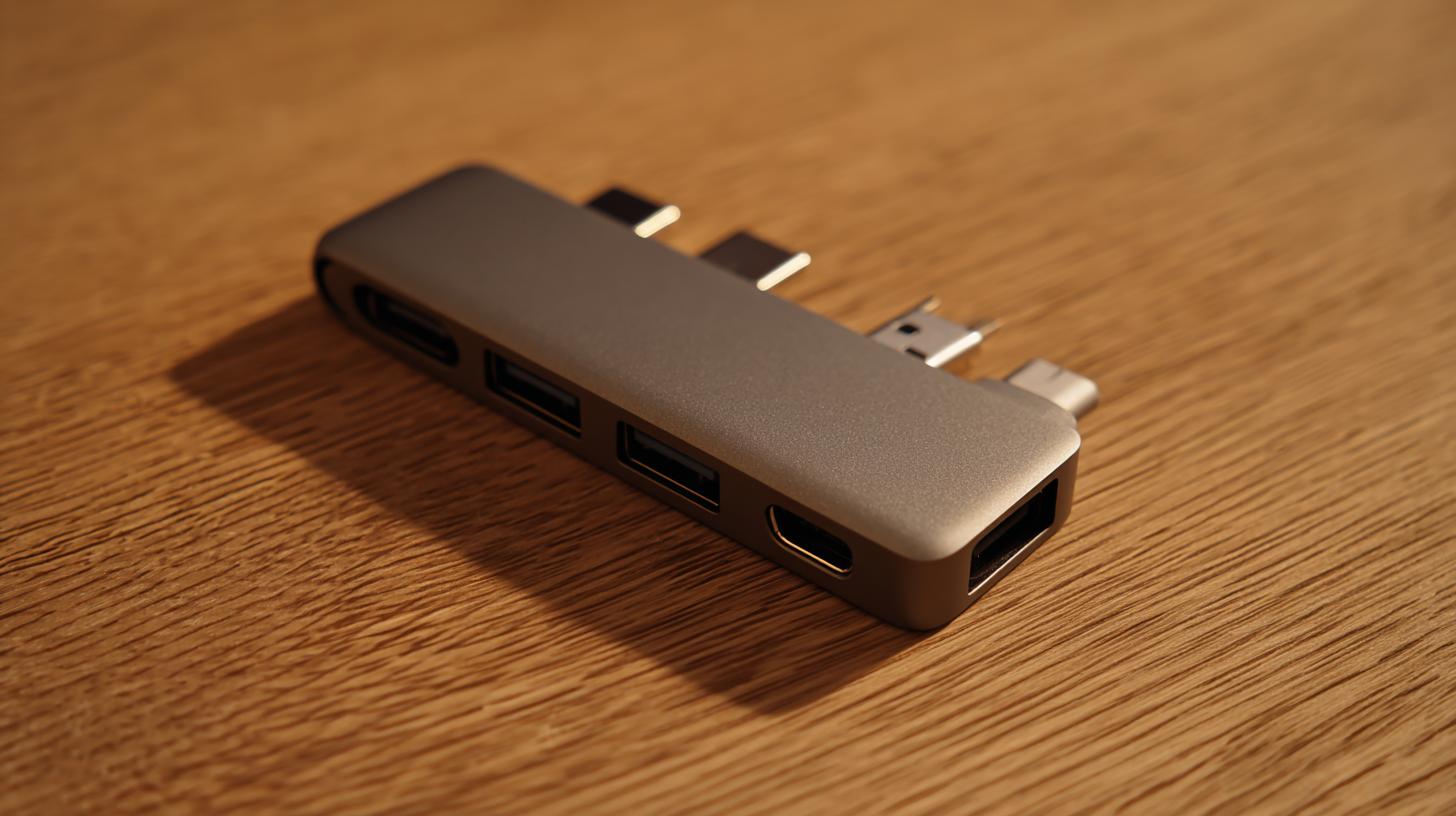
USB Type C hubs have become increasingly essential in our daily tech lifestyles, offering a range of benefits that enhance the functionality of modern devices. One of the primary advantages is their ability to connect multiple peripherals through a single port. This is particularly beneficial for laptops and tablets that often come with limited ports, allowing users to connect external monitors, keyboards, mice, and storage devices simultaneously.
This versatility not only promotes productivity but also helps to declutter workspaces that are often overwhelmed by wires and adapters.
Furthermore, USB Type C hubs are designed with power delivery capabilities, enabling users to charge their devices while using them. For example, a user can connect their laptop to an external display via the hub while still charging the laptop, minimizing downtime between tasks. Additionally, many hubs support high-speed data transfer and video output, making them ideal for both casual users and professionals who require robust performance for demanding applications. By integrating these features, USB Type C hubs effectively streamline workflows and provide a seamless user experience across a variety of devices.
When exploring the world of USB Type C hubs, it's essential to understand the key features that differentiate them. One significant aspect is the number and types of ports available. Some hubs offer a variety of options, including USB-A, HDMI, Ethernet, and SD card slots, allowing for broader connectivity with multiple devices. On the other hand, more compact models may provide only a few connections, ideal for users seeking portability over extensive compatibility.
Tips: Consider your device compatibility before purchasing a hub. If you regularly connect to an external display or transfer data from an SD card, choose a hub that includes these specific ports. Additionally, check for power delivery capabilities—this ensures that your devices can charge while being used, eliminating the need for extra chargers in your setup.
Another distinguishing factor is the build quality and design. Premium USB Type C hubs often feature aluminum casing and braided cables to enhance durability and prevent overheating. In contrast, budget options may compromise on materials, affecting long-term use. Selecting a well-constructed hub not only enhances performance but also assures reliability in everyday situations.
Tips: Look for hubs with a warranty or good user reviews to ensure quality. Researching customer feedback can reveal valuable insights about real-world performance that specifications may not convey.
When it comes to USB Type C hubs, several common myths and misconceptions can lead to confusion among consumers. One prevalent myth is that all USB Type C hubs support the same functions and speeds. In reality, the capabilities of these hubs vary significantly, depending on their design and the specifications of the ports they offer. Some hubs may support high-speed data transfers and video output, while others may only provide basic charging capabilities. It is essential for users to check the specifications carefully to ensure they meet their specific needs.
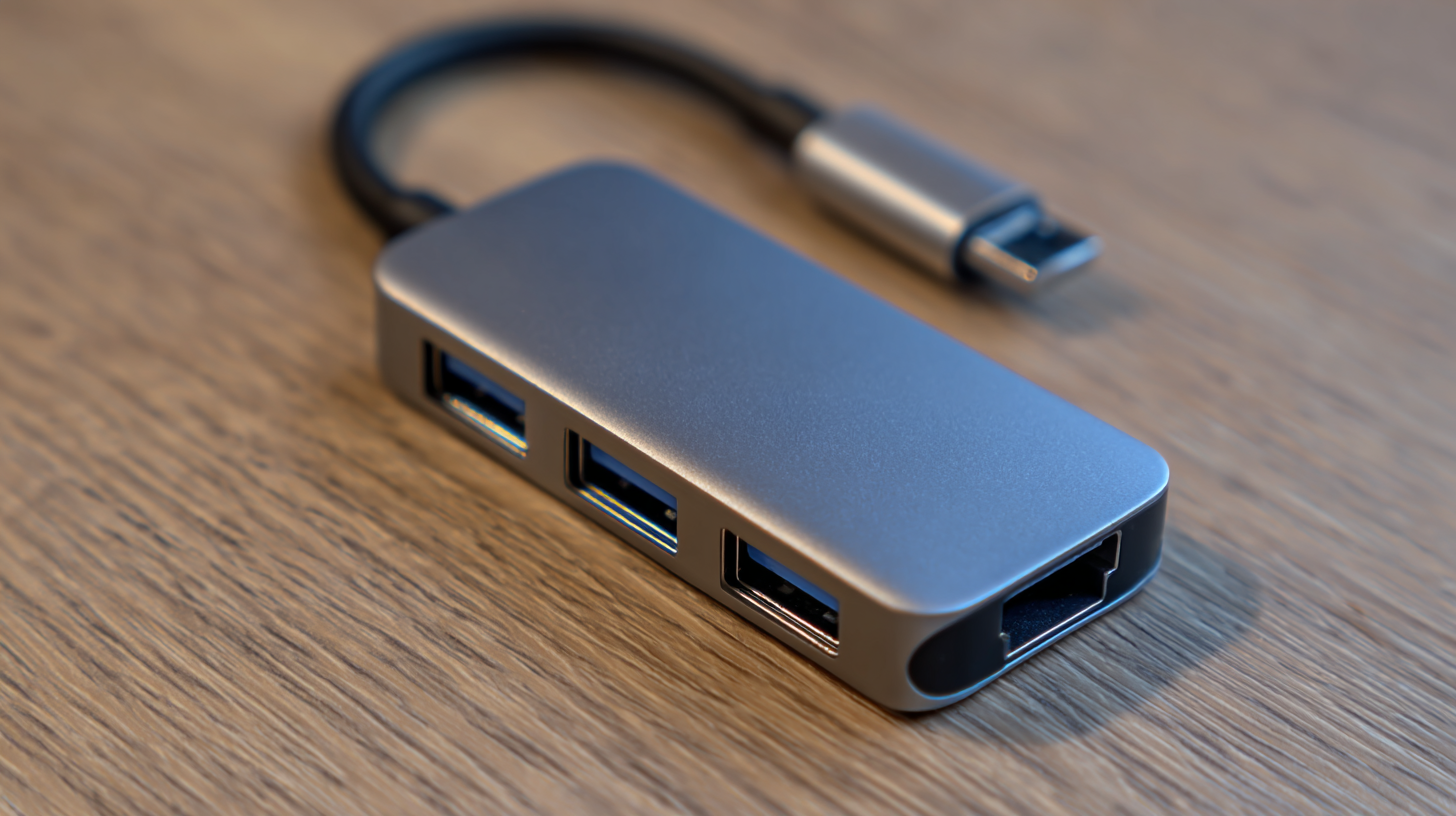
Another misconception is that USB Type C hubs are only necessary for professional users or those with advanced technical needs. However, the versatility and convenience offered by these hubs are beneficial for everyday users as well. Whether you're a student connecting multiple devices for a presentation, a casual user expanding connectivity options for peripherals, or a gamer requiring additional connections for controllers, a USB Type C hub can enhance your experience significantly. Understanding these realities can help users make informed decisions when selecting a hub that truly meets their needs.
